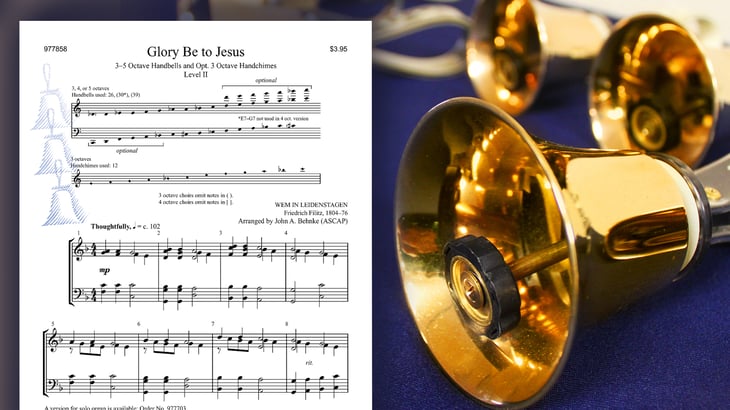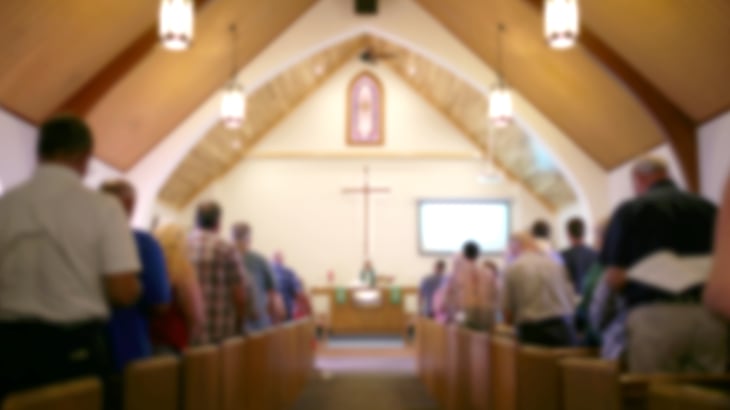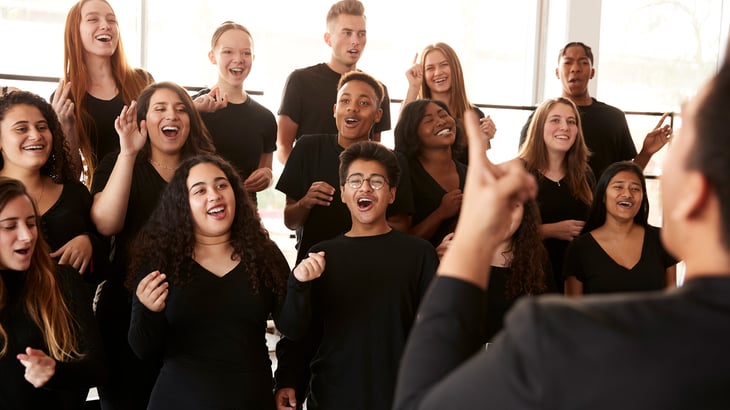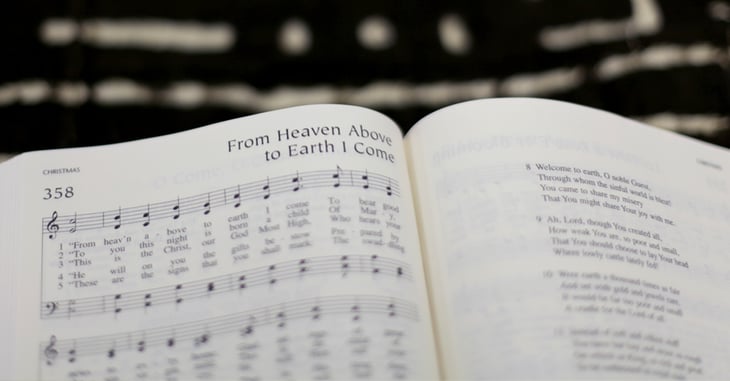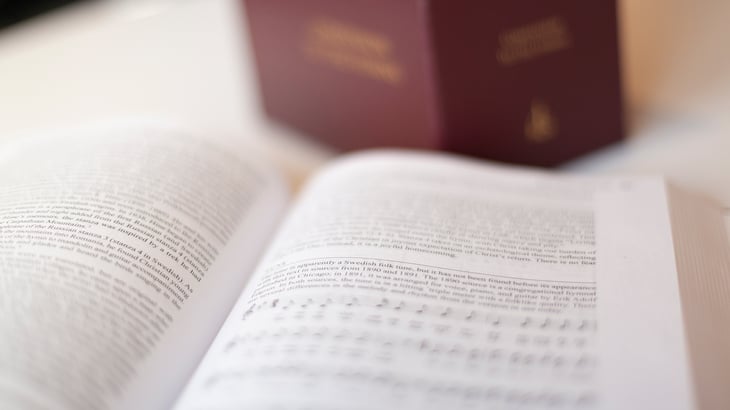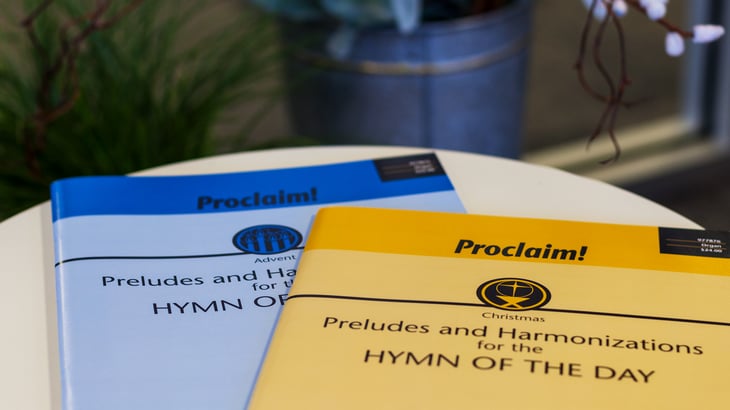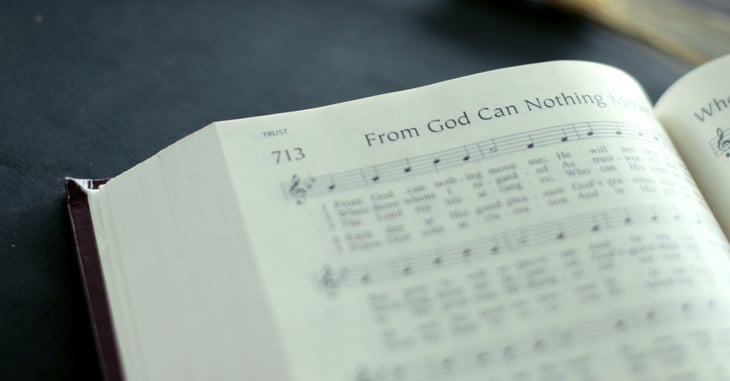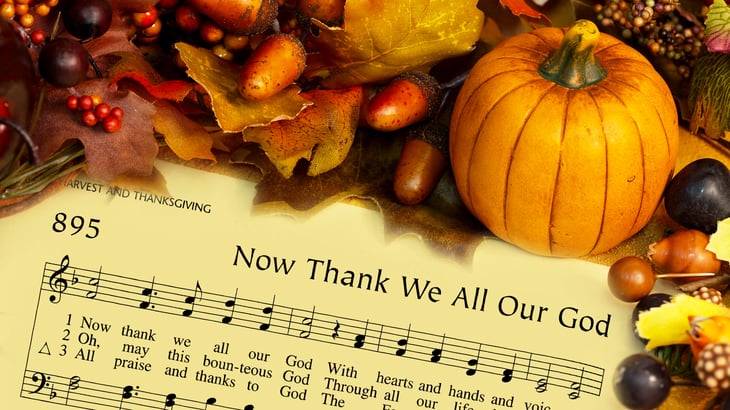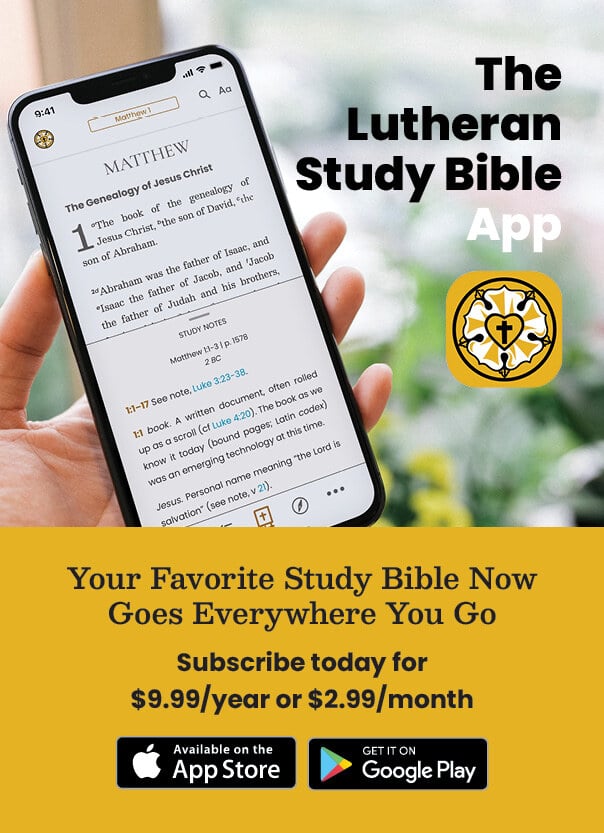Music of the Month: Glory Be to Jesus
John A. Behnke has transcribed his popular organ prelude of the tune WEM IN LEIDENSTAGEN to an accessible arrangement for level II handbells. Based on three stanzas of the hymn, the first section is musically straightforward, the second has new harmonies, and the third uses descanting notes and grand harmony. Scored for 3–5 octave handbells and optional 3 octave handchimes.
The Church’s Song: Proclamation, Pedagogy, and Praise
To celebrate the release of Lutheran Service Book: Companion to the Hymns, here is an excerpt from Carl Schalk’s essay in Volume 2:
Why We Learn to Square Dance
There’s a meme I’ve seen more than once. It goes something like this:
Me: I just want to learn how to do my taxes.
School: Shut up and square dance.
It’s a sentiment I’ve heard many times: “Schools need to teach more practical skills.”
“How about we learn how to write a check and how to budget instead of learning to play recorders?”
“I don’t know how to open a bank account, but I do know how to do-si-do. That’s really helpful in the real world.”
I suspect that those who think this way have nothing against music and dancing in general. Instead, they probably think that students would be better served learning the basics of finance and practical skills instead of “impractical” subjects like music. After all, learning to square dance will not help you in the real world.
Hymn of the Month: From Heaven Above to Earth I Come
The Hymn of the Month is “From Heaven Above to Earth I Come” (LSB 358), set to the tune VOM HIMMEL HOCH. The text was written by Martin Luther, and it was translated from German to English by Catherine Winkworth, one of the most prominent female hymn translators in history.
Six Myths about Christmas Hymns
As we wait for the arrival of the Savior, here is a guest post from Rev. Dr. Jon D. Vieker, one of the three general editors of Lutheran Service Book: Companion to the Hymns, which originally appeared in the December 2019 edition of The Lutheran Witness.
Music of the Month: Proclaim! Preludes for Christmas
The Proclaim! series provides organists with substantive service music and hymn harmonizations for the Hymn of the Day, as found in the One-Year and Three-Year Lectionaries of Lutheran Service Book. Since this series features a broad representation of composers, the expression of different composers’ voices provides a variety of artistry and style. With this volume, organists have service music and alternate hymn accompaniments for every Hymn of the Day during Christmas.
Why We Listen to Music
With my heart warmed by a glass of cheap red wine, my cozy apartment sheltering me in light that keeps the cold darkness at bay, and my husband gone for the evening, leaving me to my own devices, I begin to contemplate how we enjoy music.
To truly enjoy music, one must understand it. This rings true for most things in life. It is difficult for us to like something, to lose ourselves in pure happiness when we do not understand it. On the other hand, to truly understand something, often we must first enjoy it. It is a strange contradiction.
Hymn of the Month: From God Can Nothing Move Me
The Hymn of Month is “From God Can Nothing Move Me” (LSB 713). It is set to the tune VON GOTT WILL ICH NICHT LASSEN. This is probably the most well-known hymn of Ludwig Helmbold, a German philosophy professor and poet of Lutheran hymns. It was written for friends fleeing the 1563 plague in Erfurt to comfort them on their journey. Johann Sebastian Bach used several of Helmbold’s hymn texts in his cantatas, and stanza five of Von Gott Will Ich Nicht Lassen appears in Bach’s O heilges Geist-und Wasserbad (O holy bath of Spirit and Water).
Three Thanksgiving Hymn Histories
November is a time of thanksgiving. We reflect and give thanks for everything that God has provided for us physically, spiritually, and emotionally. During this month, many churches, perhaps even your church, sing hymns of thanksgiving each Sunday. If you’re curious about the backstory and historical context of thanksgiving hymns (or any other hymn!), LSB: Companion to the Hymns is a great resource. To illustrate, we’ve picked three of these hymns and their histories to share in-depth.
Music of the Month: Festival Gloria
Description
Jacob B. Weber has composed a thrilling Gloria for SATB, organ, and brass quartet. Featuring joyous symphonic writing, the piece begins with a fanfare interplay between brass and organ, leading directly into angelic strains of “Gloria in excelsis Deo!” Moments of warm, rich choral writing complement the text. Set entirely in Latin, this setting can be a featured addition to any high school or college Christmas concert, or, when appropriate, a festival Divine Service setting during the Church Year.
